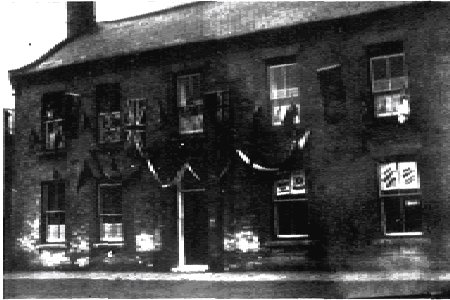
King George IIFollowing the Proclamation of King George II on 29th June 1727, the then correspondent of the Norwich Mercury wrote that the inhabitants of Watton knew how to take advantage of every occasion for rejoicing. "Yesterday being appointed for Proclaiming our most gracious King, the morning was spent in adorning the Streets with Boughs and Garlands and the Houses with Tapestry and Pictures At 3 p.m. a procession led by Mr. Reuben Muston the Sheriff, proceeded with Drums, Trumpets and other Music. A mile from the town we met Thomas de Grey, Esq., our Truly Worthy Representative for the County. Next to the Sheriff went several Coaches, then the Town Sergeants with their fine Halberds, the Constables with Silk Streamers upon their staves, the Clergy in two Ranks, the Gentlemen and Country-men with above 300 horses and a vast number on foot, with a continual Acclaimation of Long Live King George II. In this order, with great Decency, we marched to the Cross and proclaimed his Majesty, upon which the shouts were the loudest ever heard in so small a town. We then proceeded into Cross Street and there the Gentlemen on horseback drank the King's health and treated the Ladies and the better sort of Countrymen with Wine, and gave a Barrel of Strong Beer to the Populace in the Street. Then the Gentlemen waited upon our Representative to the "George", where they drank the health of the King, the Queen and the rest of the Royal Family.
For several centuries the nation's prosperity relied heavily upon the wool trade but when it started to decline, agricultural areas like Watton had to adjust to other aspects of the industry. Hence more cereal crops were grown, dairy farming increased and the various fodder crops to support it were cultivated in increasing amounts. With the advent of the railway, Tyrrell and Byfords and Julnes's set up their corn, coal and cattle food business by the railway sidings, as also did a half dozen coal merchants, and between them all about 80 workers were employed here until the railway was closed in 1964. Tyrrell and Byfords also started to manufacture cattle pellets etc., in two ex-R.A.F. Hangars on the Norwich Road in 1954, employing a staff of about 30. |

